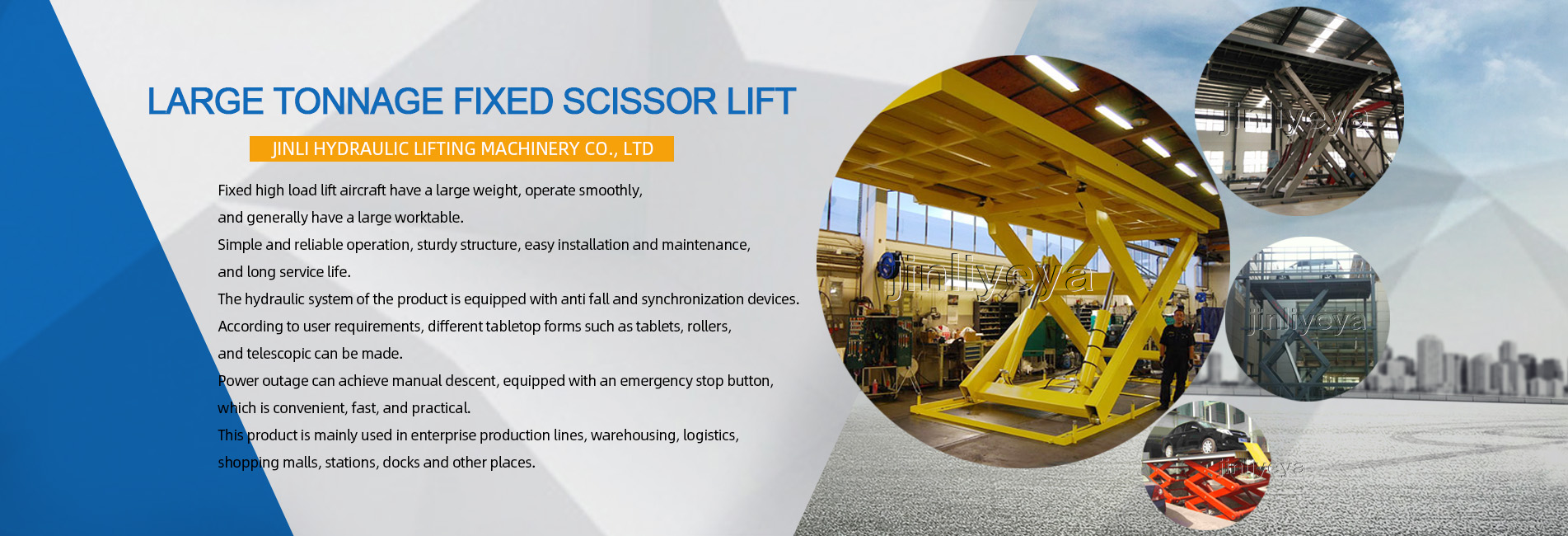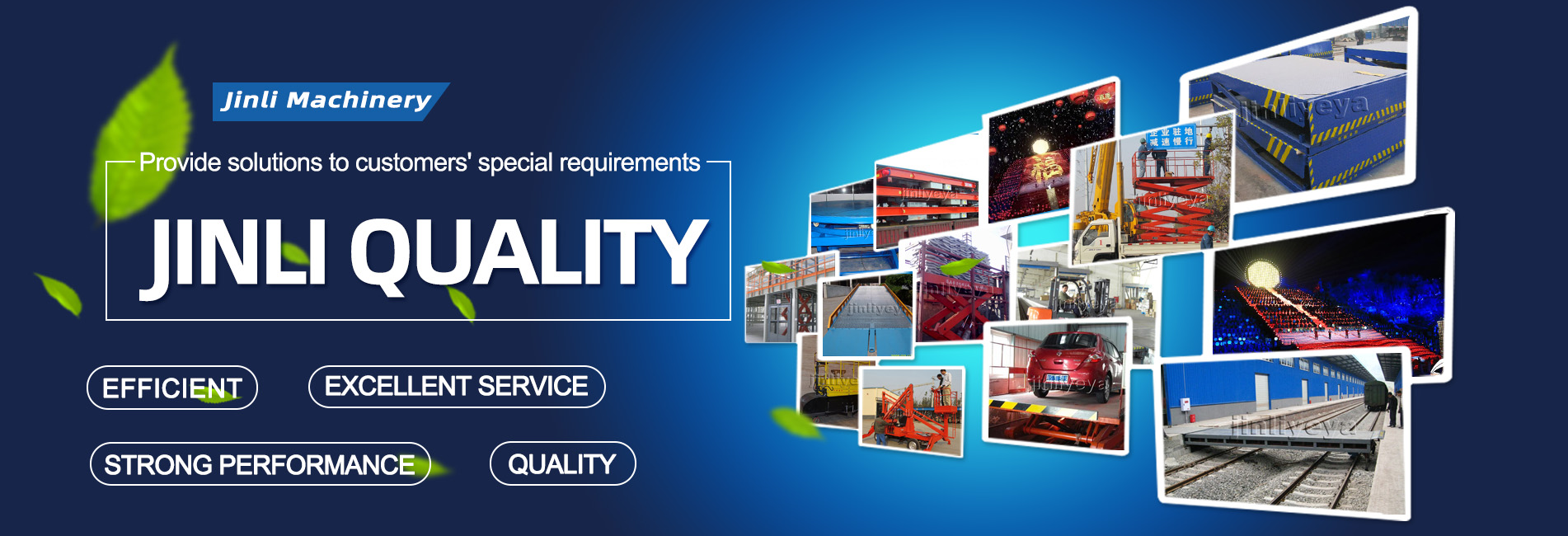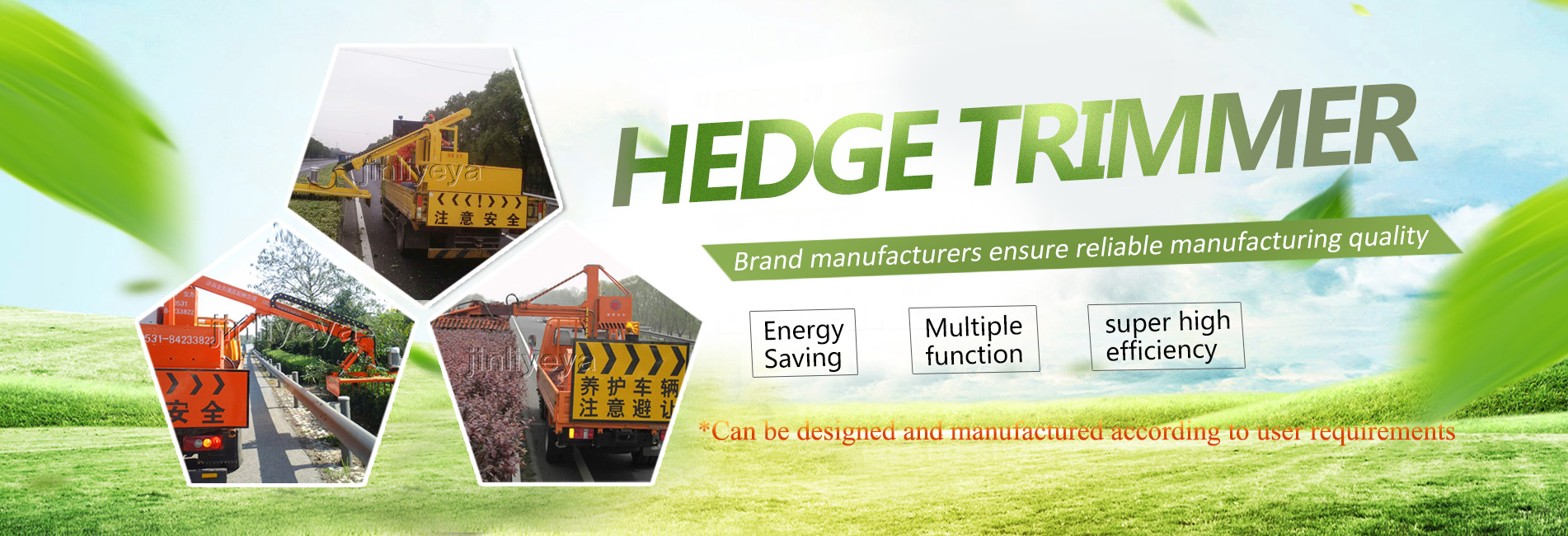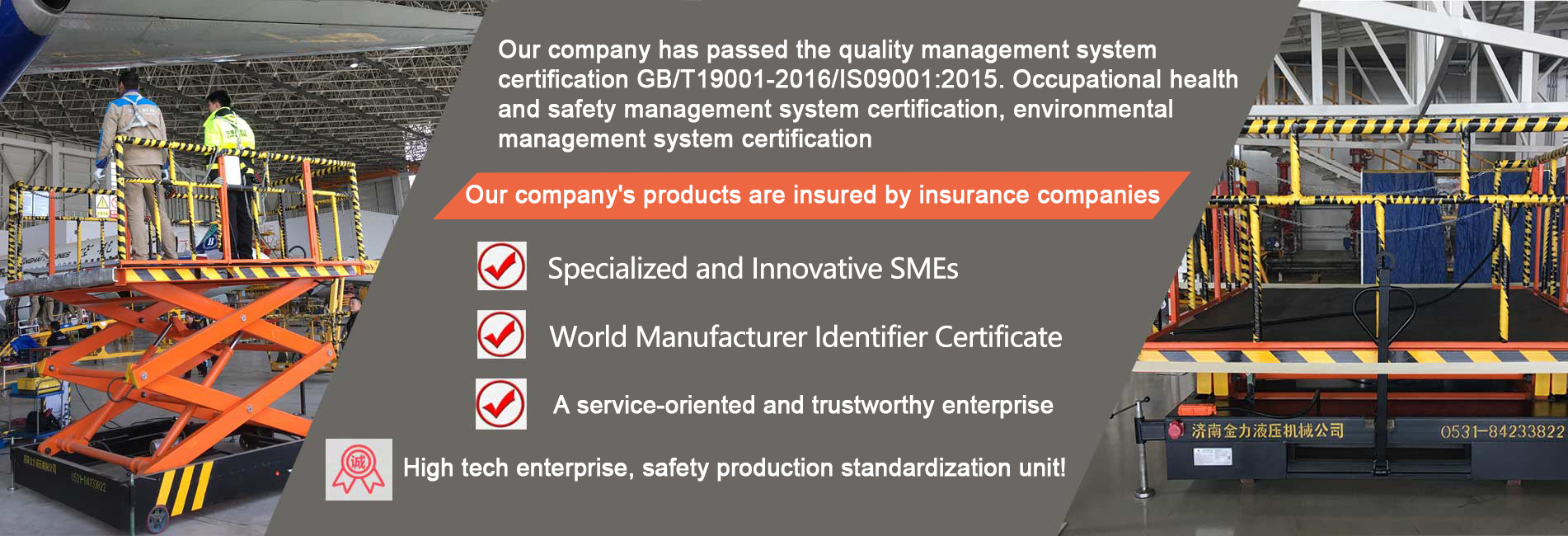In the previous chapter, the company's engineers introduced the support system of the hydraulic lifting platform. Today, we will explain some possible faults of the hydraulic support legs and corresponding solutions. Malfunctions and Solutions of Leg Mechanical Components Repair of Worn Frog Legs The most easily worn part of the frog style leg (a basic type of component failure) is the guide groove on the movable leg. If the wear on its working surface reaches 1.5mm, it should be replaced; Otherwise, when retracting the legs, there will be collision between the movable legs and the fixed legs, which can easily lead to accidents. At this point, it is necessary to weld repair the working surface of the guide groove. When repairing the support system of the elevator, first remove the movable support legs, measure the size of the guide groove, and determine the thickness of the welding repair. When repairing welding, use screws and nuts to install the rectangular copper pad as shown, place the copper tube on the screw, repair one section, and then move the repair welding to the next section until the welding is completed. For convenience, the welding rod can also be bent moderately. But it should be noted that the welding repair position must be on the lower surface of the guide groove in Figure 1. This will not affect the stroke of the piston rod of the hydraulic cylinder and the relative angle between the fixed and movable legs when the legs are loaded. After welding, use a standard shaft as a reference for shaping, and pay attention to repairing both sides of the groove with the same shaft at the same time. If the outer diameter wear of the rolling sleeve exceeds 1mm, it should be replaced; Otherwise, it is easy to be crushed during the operation of the hydraulic lifting platform, causing changes in the stress condition of the support legs and posing a hidden danger to safety production. Repair of wear on the upper and lower surfaces of H-shaped leg horizontal beams In the case of heavy load on the crane, the lifted object is located directly behind the vehicle, higher than the support legs. At this time, when looking at the support legs from the rear of the car, if there is a crawling phenomenon when the horizontal distance is greater than the thickness of the metal plate on the vehicle body, or when the support legs stretch and retract (extension and retraction metaphorically refer to flexibility within a certain limit), the support legs must be removed for inspection. If there are deep grooves or serious damage on the plate surface, the support legs should be replaced with new ones or the worn parts should be welded. The cost of welding repair legs is relatively low and suitable for use. Malfunctions and Maintenance of Leg Hydraulic System According to the hydraulic schematic of the frog leg, the bidirectional hydraulic lock is installed at the upper end of the front leg cylinder, so the tightness of the right angle fixing bolts (dogbolt) on it must be consistent, otherwise it will cause damage to the sealing ring and oil leakage. Its function is to prevent the legs from retracting on their own during elevator operation; Prevent the support legs from automatically falling during the operation or parking of the crane. In the hydraulic system of H-shaped legs, there is no diversion valve but a rotary valve. The legs can move independently and have good adaptability to the ground, but the situation of failure is similar to that of frog legs. Common faults in hydraulic systems for supporting legs: Oil leakage in the oil circuit The reason is that the joint is loose, and the location should be searched and tightened; The seal is damaged and should be replaced; The pipeline has cracks and should be replaced or welded. Failure of leg extension and retraction The bidirectional hydraulic lock is malfunctioning, and the plunger inside the lock is stuck and cannot move. It needs to be disassembled, cleaned, installed, and adjusted; The plunger wear (a basic type of component failure) is severe and a new hydraulic lock should be replaced. The support legs automatically retract during lifting There are two reasons: firstly, the one-way valve in the bidirectional hydraulic lock has poor sealing, and should be removed for maintenance, cleaned, installed, and adjusted. The second issue is internal leakage in the hydraulic cylinder, which requires the removal and inspection of the seals on the piston. After replacing the seals with new ones, they can be reinstalled {16}
{1}
{2}
{3}
{4}
{5}
{6}
{7}
{8}
{9}
{10}
{11}
{12}
{13}
{14}
{15}
{16}







